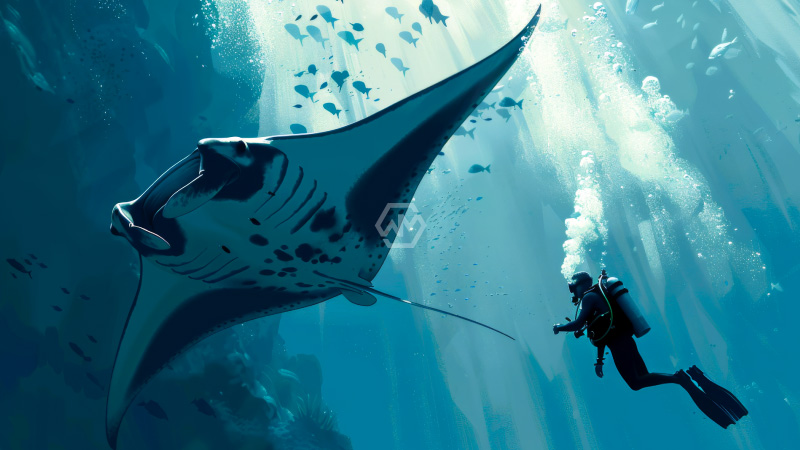- Massive global study tracked over 100 large marine species to assess conservation coverage.
- Only 8% of the ocean is protected; many key animal zones remain exposed.
- Scientists call for expanded protected zones and targeted mitigation strategies.
A groundbreaking international study has revealed that current ocean conservation efforts are failing to protect many critical habitats for large marine animals.
Researchers involved in the MegaMove project, including FIU scientists Yannis Papastamatiou and Mark Bond, emphasized that increasing protection percentages isn’t enough.
Oceans at Risk: Why Expanding Marine Protection Isn’t Enough
The MegaMove initiative stands as one of the most comprehensive marine tracking efforts ever conducted, involving nearly 400 researchers from over 50 nations. It presents a unique, data-rich picture of how marine megafauna navigate ocean spaces and highlights the disconnect between current conservation zones and actual animal movement patterns. These insights point to the urgent need for dynamic, science-led approaches.
The study reveals that even with the proposed 30% coverage under the U.N. High Seas Treaty, many hotspots for large marine animals will remain unprotected. This raises concerns about the adequacy of static boundaries in a highly mobile marine world. Conservation, researchers argue, must adapt to how species actually use ocean space over time, factoring in seasonal migrations and climate-driven shifts.
FIU’s Mark Bond notes the significance of international collaboration in achieving these insights. By combining global datasets, the project has unlocked patterns invisible in smaller, localized studies. It also demonstrates the necessity of cross-border cooperation in environmental protection, especially for migratory species that traverse international waters.
Lead author Ana Sequeira advocates for broader strategies that complement protection zones. Technological adjustments—like reducing noise pollution, using safer fishing gear, and rerouting shipping lanes—can directly reduce the risk to marine life. These practical interventions could buy time for threatened species while governments negotiate long-term protections.
Protecting marine megafauna demands more than territorial boundaries—it requires adaptive, cooperative solutions that evolve with ocean ecosystems.
“The ocean is a mighty harmonist.” — William Wordsworth



